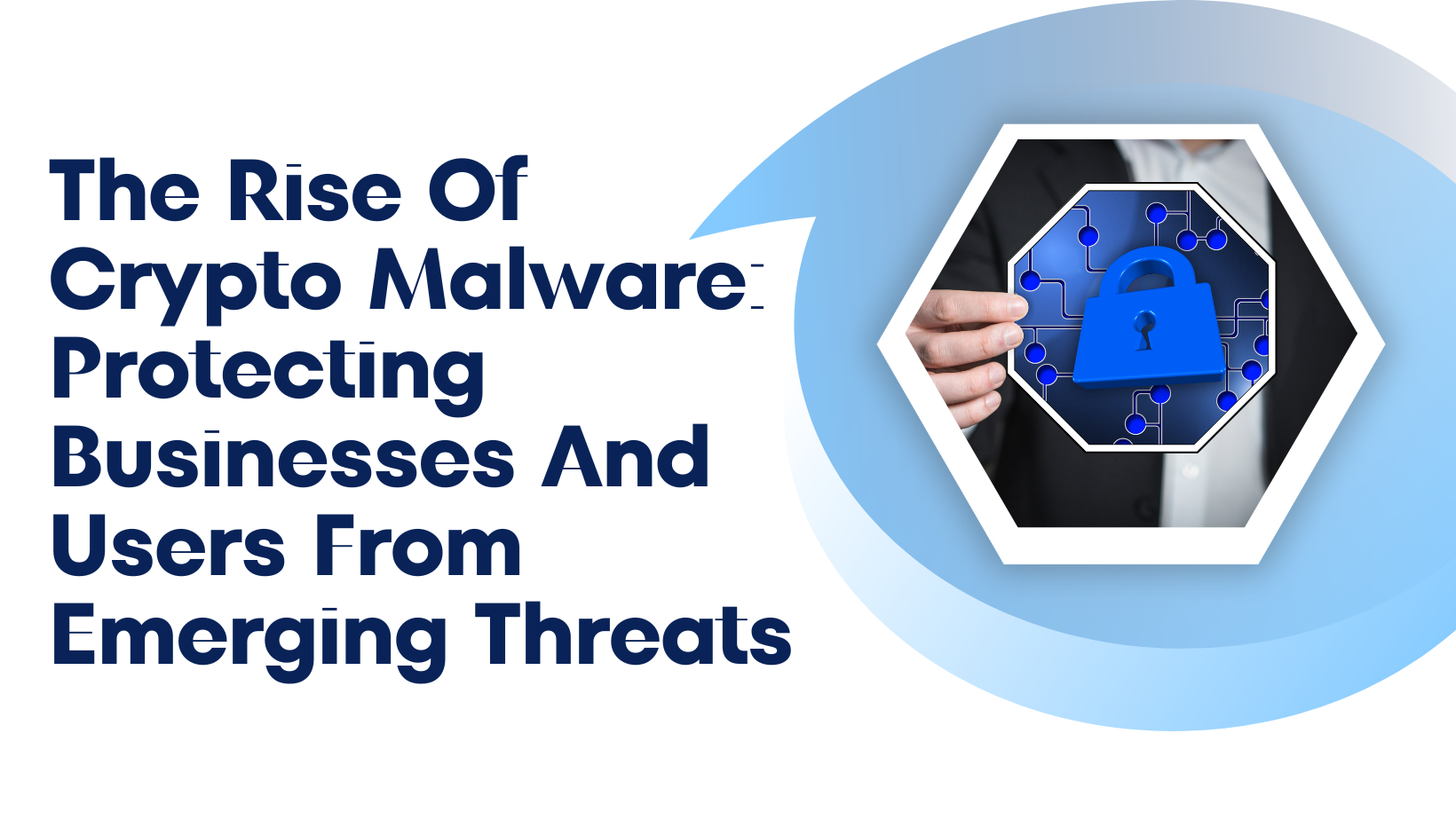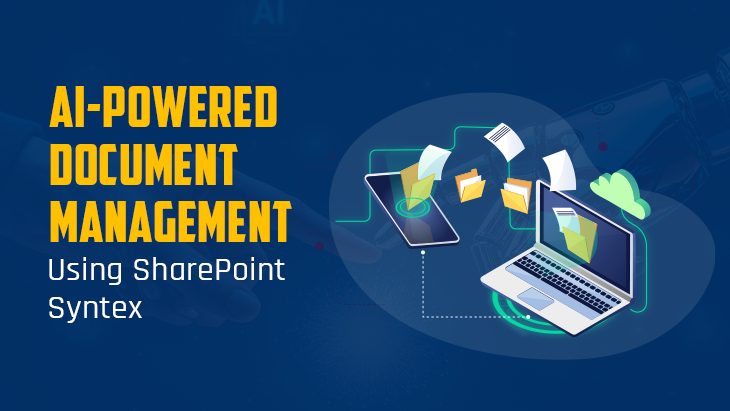In today's connected world, businesses and people are finding it tough to keep up with cybersecurity. Of these, crypto malware is one of the most highlighted types of malware that uses cryptocurrency for surreptitious entry into the system. Understanding the risks and the ways to prevent them becomes relevant in order to preserve operations and trust in an increasingly digital environment.
What Is Crypto Malware?
Crypto malware, more popularly known as cryptojacking, is a type of malware that utilizes infected devices for mining cryptocurrency without the owner's permission. Unlike ransomware, which locks users out of their systems, crypto malware operates behind the scenes and siphons away computational resources.
Most of the time, this malware gains access via phishing emails, compromised websites, or security vulnerabilities in very outdated software. Once installed, it redirects processing power to mine cryptocurrencies such as Bitcoin or Monero, leaving systems slow and inefficient.
Beyond individual users, businesses are also at great risk because the scale of operations is greater and many devices are interconnected. Multi-access-point exploitation by crypto malware extends its impacts on organizational performance and its security.
Why Businesses Are Prime Targets
Business entities are highly vulnerable to crypto malware due to several reasons. Advanced technologies like cloud computing, IoT devices and software tools integrate multiple entry points for the attackers. Many businesses operate on very outdated security protocols or insufficiently deployed safeguards, making them easy marks.
The finance and e-commerce sectors are very vulnerable to these kinds of threats because a lot of business is driven through online channels and electronic transactions take place in real time. An isolated case of malware can cause disruptions, divulge confidential information and even result in huge financial losses.
Cybercriminals often target organizations because of their more substantial computing capacity. This allows the malware to mine cryptocurrencies more efficiently to maximize its return at the cost of business operations.
The Consequences of Crypto Malware
Crypto malware impacts a company in productivity, financially and even in terms of reputation.
Decreased System Performance: The infected systems show slow performance and frequent crashes as computational resources are shifted to mine cryptocurrency without authorization. This reduces employee productivity and disrupts operations.
High Operational Expenses: Computational processes related to cryptojacking are power-intensive; utility bills rise significantly due to these computational processes. For large organizations, costs start adding up fast.
Reputation damage: In events where crypto malware infection has spread to the public, there is a loss of confidence among clients, stakeholders and partners. Eventually, organizations might also lose customers who could be seeking better security from targeted firms.
Data Breaches: Sometimes, crypto malware serves only as a stepping stone for far more serious attacks, like data theft or ransomware. An infected system could provide an entry point into sensitive business information.
How to Detect Crypto Malware
Detecting crypto malware can be challenging due to its stealthy nature. However, several warning signs can indicate an infection:
* Performance Issues: The devices suddenly slow, freeze, or crash much more than usual.
* Overheating or strange fan behavior: Mining cryptocurrencies requires vast processing power, which overheats the devices or shows strange fan behavior.
* Spikes in resource utilization: Sudden spikes in resource utilization of CPUs or GPUs are generally considered the most common indications of cryptojacking.
* Unexplained Energy Bills: The sudden rise in the cost of electricity could be a pointer to the fact that malware has been resident within the business and has started consuming the power for mining purposes.
Advanced threat detection tools can only identify these anomalies; businesses need to train their employees to monitor and report any unusual behaviors in the system without wasting even a single minute.
Preventing Crypto Malware Attacks
Crypto malware prevention is a complex process that requires addressing both technical vulnerabilities and human factors.
Keep software updated: Very importantly, an operating system, software packages and security tools update is required regularly. Most of the updates actually fix newly discovered vulnerabilities that criminals use in cyber-attacks.
Invest in Advanced Security Tools: Real-time monitoring of suspicious activities helps in the identification of threats before they can cause major damage. Endpoint protection solutions could protect every individual device within a network.
Employee Training: Educating employees on phishing scams, safe browsing and password hygiene can lower the risk of malware infiltration.
Limit Access: This includes the use of sensitive systems and data that can only be granted based on the individual's roles and responsibilities, minimizing the potential impact when a single account is compromised.
Security Audits: Regularly review and test your organization’s security protocols to identify and address potential weaknesses.
Specialized Tools at Work: Facilities like MyWOT go further in detecting and trying to avoid online threats using machine learning and updated blacklists against interacting with malicious websites and protection against malware.
Enhancing Online Safety Practices
Besides the immediate protections, the implementation of preventive measures will require developing a culture of cybersecurity awareness: encouraging employees to report suspicious activity, regular training sessions and updating the security policy.
Moreover, tools such as MyWOT scan websites proactively for safety before access. This helps to add more layers of security. These tools ensure a safer browse for employees and clients and reduce the likelihood of malware infiltration.
Conclusion
The rise in crypto malware is a nightmare both for businesses and individuals. Since cybercriminals are increasingly using sophisticated methods, proactive cybersecurity measures are very important. Being on top of things with security investment in a company will help minimize or avoid the frustrating after-effects that crypto malware can leave behind. In today's digital world, securing systems against emerging threats is less an operational need than it is a cornerstone to building a trust-and-reliant business in a competitive marketplace. Long-term resilience and peace of mind for these organizations are ensured by upfront priority being given to cybersecurity when dealing with the complexities of connectedness.
















Post Comments